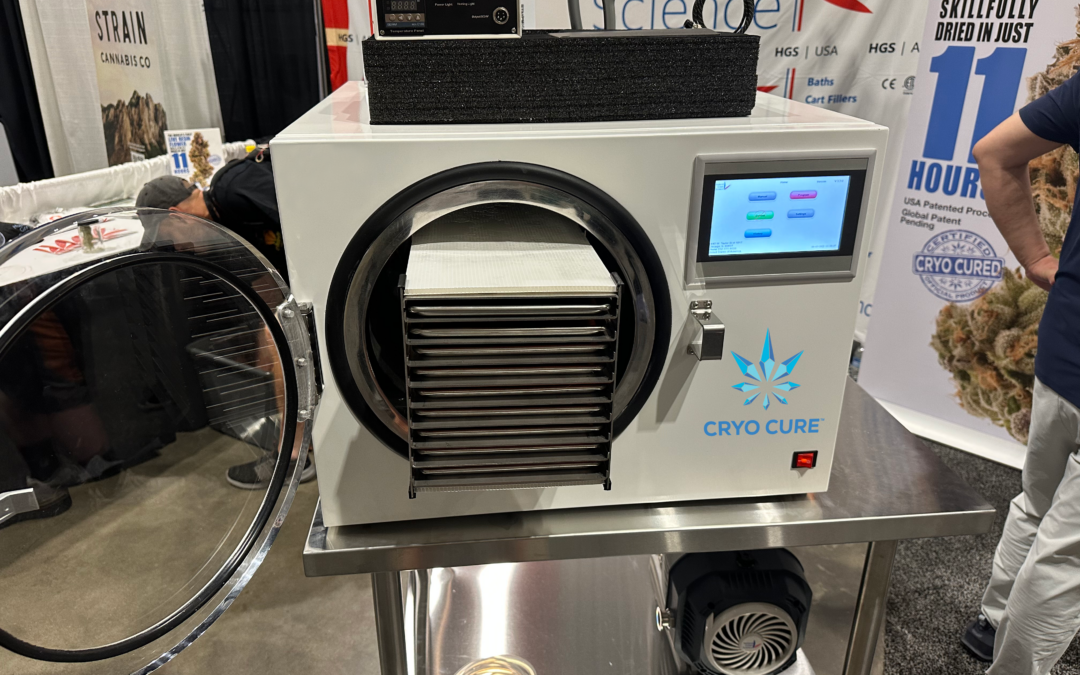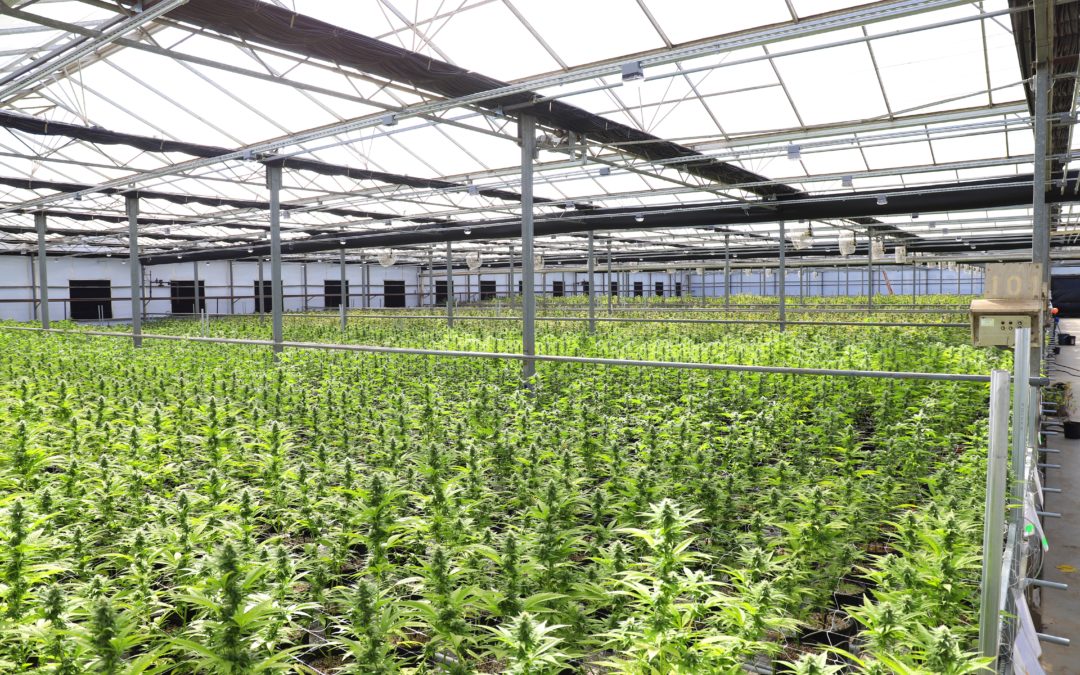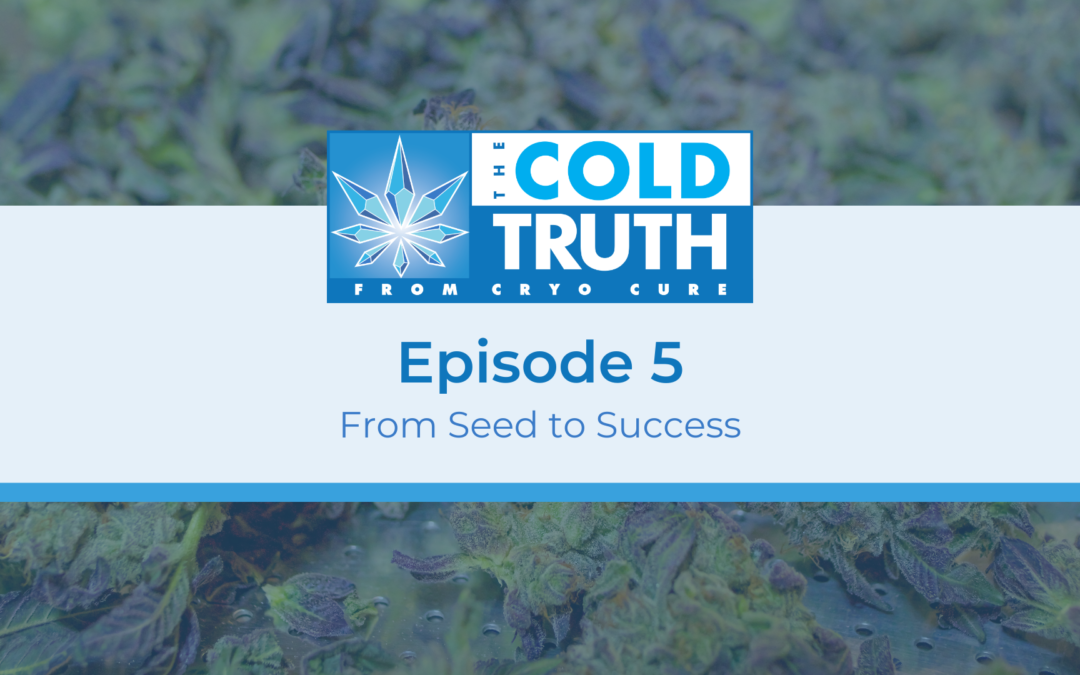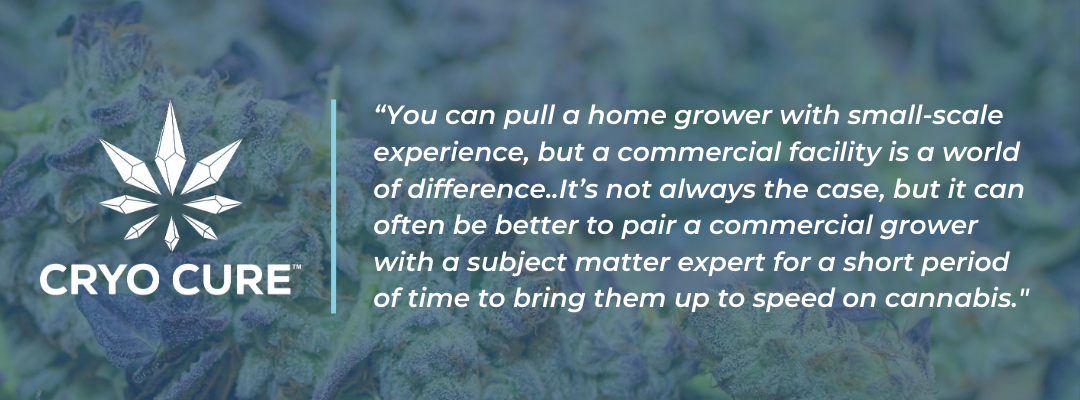Good Manufacturing Practices (GMP) are a core part of the food and beverage industry and the pharmaceutical industry, serving to ensure these manufacturers create safe, reliable products through a consistent set of documented processes. Currently, GMP standards do not apply to the cannabis industry, but they are widely expected to in the near future — especially as the legalization movement advances worldwide.
For cannabis cultivators and manufacturers, conforming to GMP standards now will not only result in safe processes and consistent products, but will also give a competitive advantage when GMP standards do apply to the cannabis industry. This guide introduces the concept of GMP standards and describes what they might look like when it comes to cannabis cultivation and manufacturing.
What are Good Manufacturing Practices?
GMP standards are meant to ensure that all products are made with a process that consistently meets certain quality standards. Adhering to GMP means establishing documented, repeatable processes that will always provide the same result — safe, high quality products. GMP compliance is vital to the overall success of any company that desires to sell consumer products, including cosmetics, food, and eventually, cannabis.
The 5 Ps of Cannabis GMP
GMP standards are a set of guidelines that allow manufacturers to arrive at their own unique GMP compliant process, rather than a set of strict rules that must be followed. These guidelines include five main components, commonly referred to as the “Five Ps” of cannabis GMP. Cannabis cultivators and manufacturers can work toward GMP compliance by focusing on each of these factors.
1. People
Employing a highly-qualified team of experienced individuals is essential to establishing GMP compliance. Beyond the initial hiring process, establishing and documenting proper training is an investment that can make or break a company.
Employers should always develop safety protocols and provide their team with the necessary personal protective equipment (PPE). Generally, training for cannabis cultivation employees should cover everything from caring for the plants to safety precautions to environmental concerns following harvest.
The day to day work of personnel should also be tracked and recorded in a systematic way. That’s to create an auditable record of every step taken in the life cycle of a plant from seed to sale. Manufacturers must also define roles and responsibilities in a clear, documented hierarchy to ensure that their facility runs like a well-oiled machine.
2. Premises
The premises step involves all facility design factors and safety considerations within a cultivation site. All cultivation and manufacturing facilities should be maintained to high-quality standards to guarantee the safety of health or employees. This includes proper ventilation systems and, in the case of extraction facilities, C1D1 and C1D2 zones to prevent fires and explosions and mitigate damage should these accidents occur.
When it comes to cannabis, proper premises selection and facility design has a lot to do with storage conditions of inputs and finished products. While machine maintenance is essential, post-production storage of harvested flower and products is just as necessary. Cultivators should consider all factors of their facility, from the HVAC system to filtration to fire safety.
While building GMP compliant premises can be quite costly, proper facility design is essential to verifying product quality and, ultimately, the longevity of the business. A GMP compliant process is also likely to be more efficient, saving money in the long run despite the upfront investment.
3. Process
All cannabis facilities must implement documented standard operating procedures (SOPs) describing every facet of their operation. These SOPs should be followed strictly to ensure that cultivation and laboratory facilities will pass regular inspections. As GMP compliance is an ongoing process, SOPs should also be frequently revisited and updated accordingly with current best practices.
Part of the process stage relates to the equipment used in cultivation or manufacturing. Generally, there are three phases when it comes to machinery in the GMP validation process: the installation qualification (IQ), the operational qualification (OQ), and the processing qualification (PQ). Each of these bars must be passed to obtain GMP certification.
-
- Installation qualification (IQ): This verifies that machinery is qualified and was installed and configured to meet GMP standards. Cannabis manufacturers should always work under medical GMP standards, especially if they plan on exporting products. IQ means the material of the machinery is made to quality standards, and anything touching the product is 316 stainless steel or better.
- Operational qualification (OQ): This verifies that a machine has been installed and is operating consistently and dependently within the manufacturer’s standards. Operational qualification ensures that a facility is ready for function and that the devices will run exactly as intended every time.
- Processing qualification (PQ): Cannabis companies must prove that they follow the same SOPs every time to achieve the same intended results. These instructions should be as clear to a third-party inspector as it is to facility personnel. They must also be easy to replicate and test procedures to guarantee their effectiveness.
4. Product
Product quality is one of the most essential parts of GMP qualification. Third-party testing ensures that products are being manufactured via a repeatable process that results in the same final product every time. Product quality testing is generally conducted using a third party to track and manage all materials used to manufacture cannabis products.
Relying mainly on inventory tracking, each product must be managed down to the raw material inputs used to create them. Where those products are sourced, how they are shipped, and the conditions in which they are stored before the process begins all matter when it comes to GMP standards. Testing also confirms product quality and label accuracy. Cannabis companies that do not produce products in line with GMP standards could face consumer health problems, recalls, and damage to brand reputation.
5. Procedures
Procedures cover how administrative teams track and enforce their cultivation and manufacturing processes throughout the facility. Generally, GMP standards cover everything from safety and emergency protocols to organizational hierarchy. Cannabis cultivators seeking GMP certification should keep detailed records of their procedures to present such information to a third-party auditor.
Cannabis GMP and what it means for cultivators
GMP certification is generally regarded as “when, not if” when it comes to the U.S. cannabis industry. While many cannabis cultivators choose to ignore GMP regulations, there’s no denying the importance of documented, repeatable processes and consistent results.
In Germany, for example, GMP certification remains the most basic requirement for any company producing medical cannabis and exporting it to the European Union. According to the European Medicines Agency (EMA), “Any manufacturer of medicines intended for the EU market, no matter where in the world it is located, must comply with GMP.”
As cannabis legalization expands across the U.S., GMP standards will likely become the norm for this industry. Regardless of current regulations, any business that wishes to ensure safety, quality, and demonstrate to consumers and partners their commitment to each should make GMP compliance a top priority.
GMP certification in the EU
As the cannabis industry grows, it’s more important than ever that companies with international reach are prepared to enter markets overseas. This means that it’s essential for cannabis companies who want to enter the European market to obtain GMP certification, even if it’s not required in the U.S.
Because cannabis is considered a medical product in the European Union, GMP is a prerequisite for most cannabis companies operating in Europe. According to the EMA, all cannabis products must be manufactured and tested under formal conditions, including a listing in the Eudra Database European Medicines Agency. Generally, suppliers and partners in Europe are not likely to work with non-GMP certified companies.
GMP certified vs. GMP ready
“GMP ready” generally means that a company has not received GMP certification from a third-party organization, but believes it would qualify if it did apply. The phrase “GMP certified” confirms that a cultivator has gone through all or any of the steps of the GMP certification process.
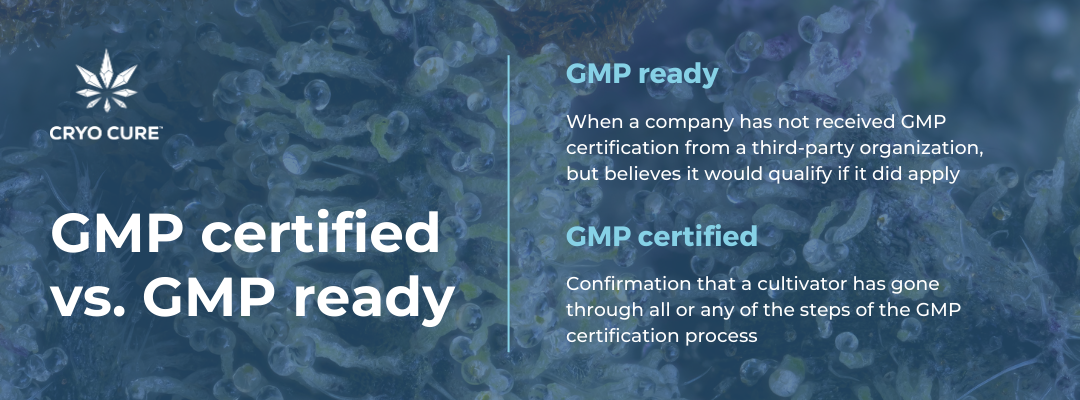
Cultivating cannabis with GMP compliance in mind
With the cannabis industry continuing to grow, there has never been a better time to prioritize GMP compliance. Designing your cultivation or manufacturing facility with the right equipment and methodology is the only way to ensure that your company will be prepared for GMP compliance and other regulatory changes.
Choosing top quality machinery that meets GMP standards, including Cryo Cure’s line of patented freeze drying machines, is a major consideration when setting up a GMP compliant process. To learn more about how Cryo Cure can support your cannabis cultivation or manufacturing business, contact us today.
